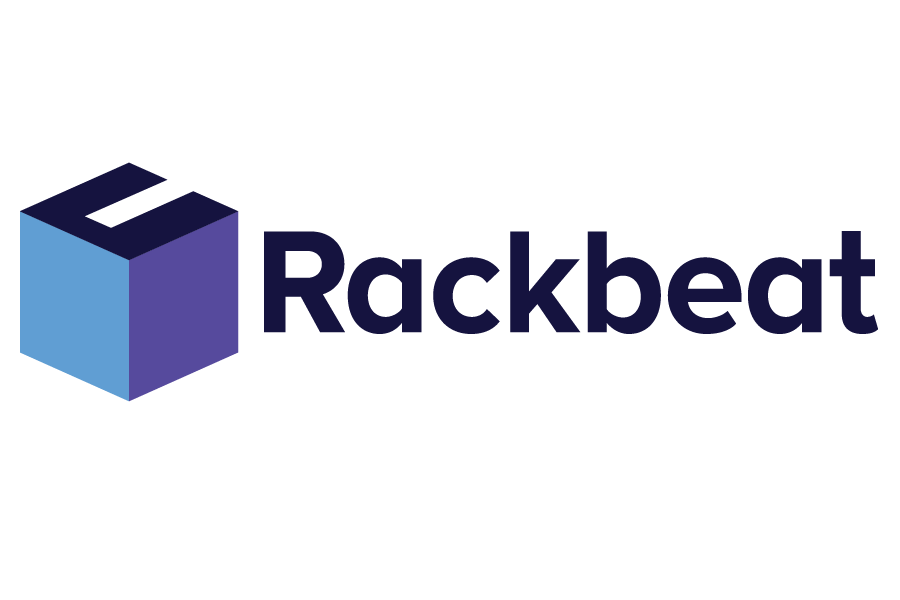Scalable Warehouse Solution
A scalable warehouse solution is a flexible approach to warehouse management that can adapt to a company's growth and changing needs. This can refer to both a warehouse management system (WMS) and the physical organization of the warehouse—such as storage locations, distribution centers, or logistics structures. The key to a scalable warehouse solution is that it enables a company to expand its storage capacity, optimize processes, and handle increasing demand without losing efficiency.
Rackbeat February 14, 2025
What Makes a Warehouse Solution Scalable?
A warehouse solution is considered scalable if it can grow with the business without creating unnecessary bottlenecks or requiring large, costly changes. This can be achieved in several ways:
1. Scalable Warehouse Management System (WMS)
A digital warehouse management system, such as Rackbeat, makes it possible to manage increasing volumes of orders, products, and users without losing oversight. A scalable software solution typically includes these features:
Cloud-based access – allowing you to scale up without investing in expensive hardware.
Process automation – reducing manual errors and saving time.
Integration with other systems – such as e-commerce, accounting software, and shipping solutions.
Support for multiple users and locations – enabling business expansion without limitations.
With Rackbeat WMS, for example, you can start with a simple warehouse management solution and later add more features as your business grows.
2. Scalable Physical Warehouse Solution
Beyond the digital aspect of inventory management, a scalable warehouse solution also involves the physical setup of the warehouse. This includes:
Modular storage racks – allowing you to easily add more storage space.
Flexible distribution centers – that can be expanded or restructured as needed.
Outsourced warehousing and fulfillment – where an external partner handles storage and shipping as volume increases.
A combination of digital and physical scalability ensures that the business can manage growth without compromising efficiency.
When Do You Need a Scalable Warehouse Solution?
A scalable warehouse solution is relevant for businesses experiencing growth or fluctuating warehouse needs. Here are some common scenarios where a scalable warehouse solution is crucial:
1. When Inventory Grows, and Oversight Is Lost
When a company expands its product range or experiences increased demand, keeping track of inventory manually or with basic spreadsheets can quickly become overwhelming. A scalable warehouse solution ensures:
Digital inventory updates, so you always know what’s in stock.
Multiple warehouse locations, allowing for expansion without chaos.
Batch and serial number tracking, enabling efficient product traceability.
2. When Order Volume Increases, and Errors Become Costly
With more orders, the risk of picking and shipping errors increases—especially if order management is not digitalized. This can lead to delayed deliveries, dissatisfied customers, and unnecessary costs. A scalable warehouse solution helps with:
Automated picking and packing, enabling employees to process more orders faster.
Integration with e-commerce and shipping solutions, ensuring seamless order processing and delivery.
Real-time inventory status, preventing the sale of out-of-stock products.
3. When Expanding to Multiple Sales Channels
If your business transitions from selling only through a webshop to also selling in physical stores, B2B, marketplaces (such as Amazon or eBay), or subscription services, warehouse management quickly becomes complex. A scalable solution ensures that you can:
Synchronize inventory across all sales channels, avoiding overselling.
Automate order flows, eliminating the need for manual data transfers between systems.
Optimize warehouse space, ensuring the best use of resources.
4. When Seasonal Demand Fluctuates
For businesses experiencing major demand fluctuations—such as during Black Friday, Christmas, or sales seasons—a scalable warehouse solution is essential. It ensures that you can:
Handle large volumes of incoming goods without warehouse chaos.
Scale users and features up or down, so the system fits both busy and slow periods.
Receive restocking alerts, preventing stockouts of popular items during peak seasons.
5. When You Want to Save Time and Reduce Costs
If your business still relies on manual processes or an outdated system, a scalable warehouse solution can help save time and reduce errors. This is achieved by:
Automating routine tasks, allowing employees to focus on more critical activities.
Improving inventory accuracy, preventing unnecessary capital from being tied up in excess stock.
Integrating with accounting systems, ensuring bookkeeping and warehouse management are always up to date.
6. When Expanding into New Markets
If your business plans to sell internationally or open new warehouses in different geographic regions, a scalable solution is required to support growth. This includes:
Multi-warehouse management, allowing you to oversee multiple locations.
Customs and tax handling, if selling goods across borders.
How Can Rackbeat Help?
Rackbeat is designed to grow with your business. With our cloud-based warehouse management system, you can start with a simple solution and gradually add more features, users, and integrations as needed.
Whether you’re handling a few or many orders, selling through one or multiple sales channels, or managing one or several warehouses, Rackbeat helps you stay on top of your inventory—both now and in the future.
Want to test a scalable warehouse solution? Try Rackbeat for free for 14 days!



